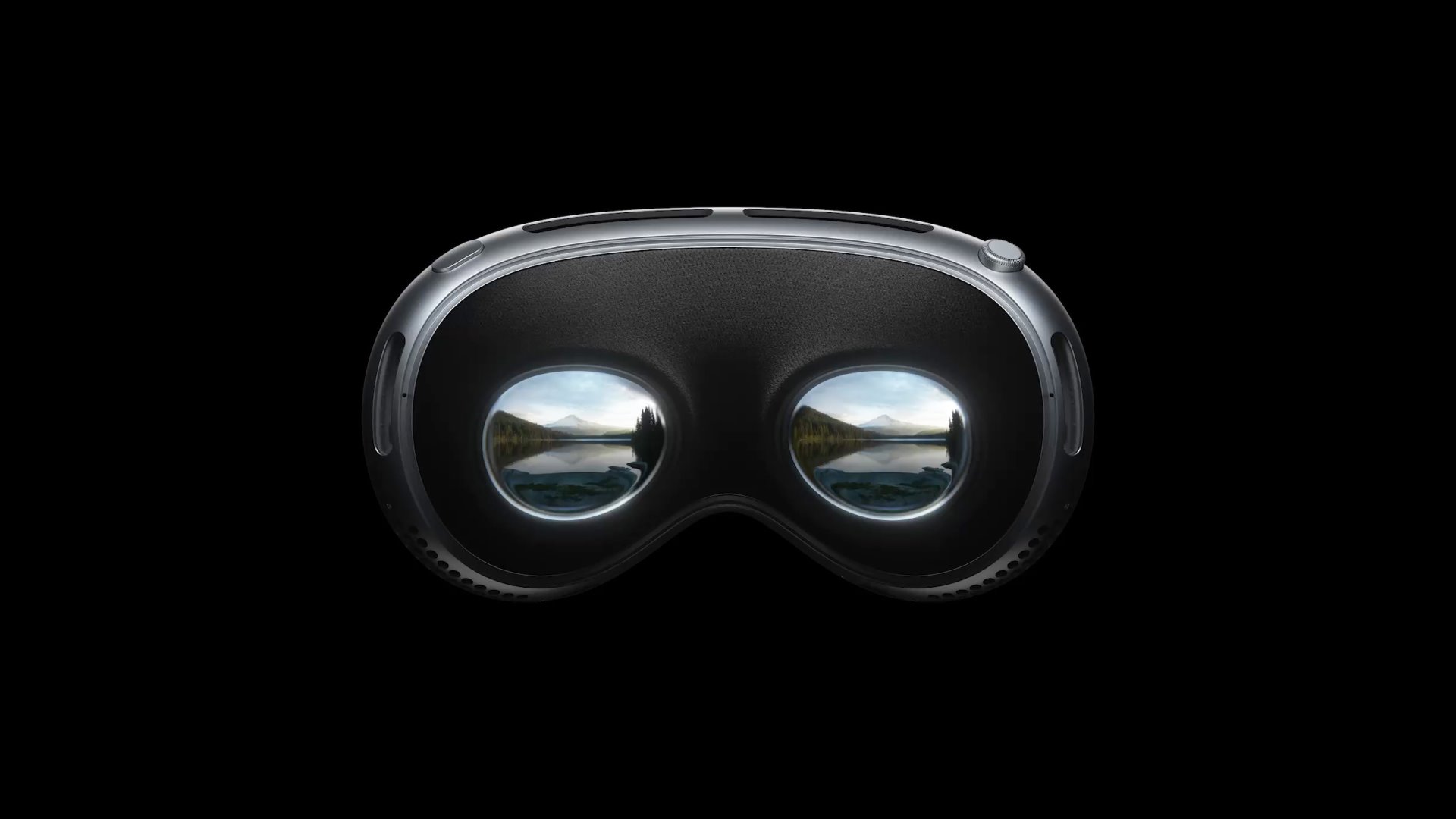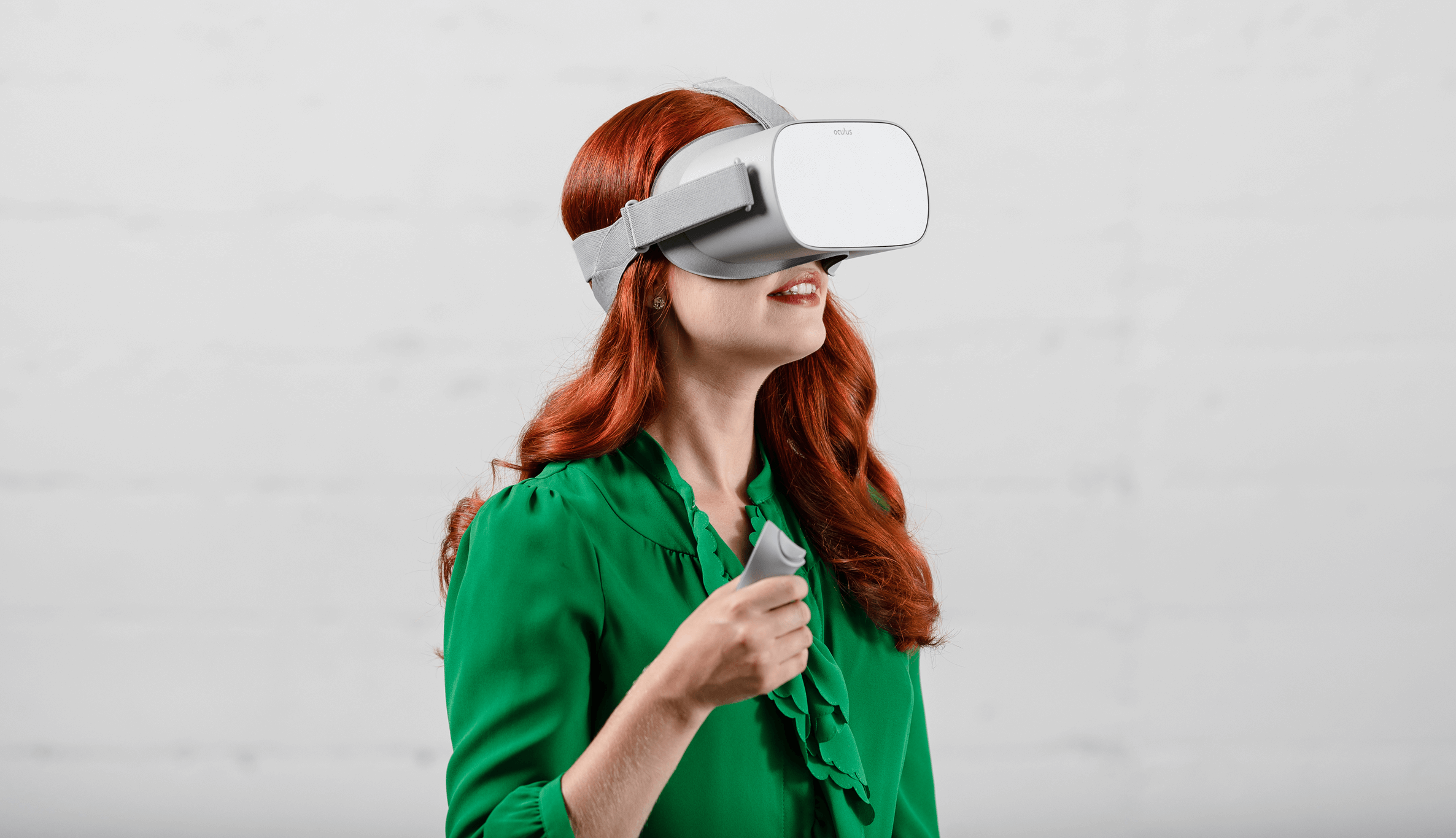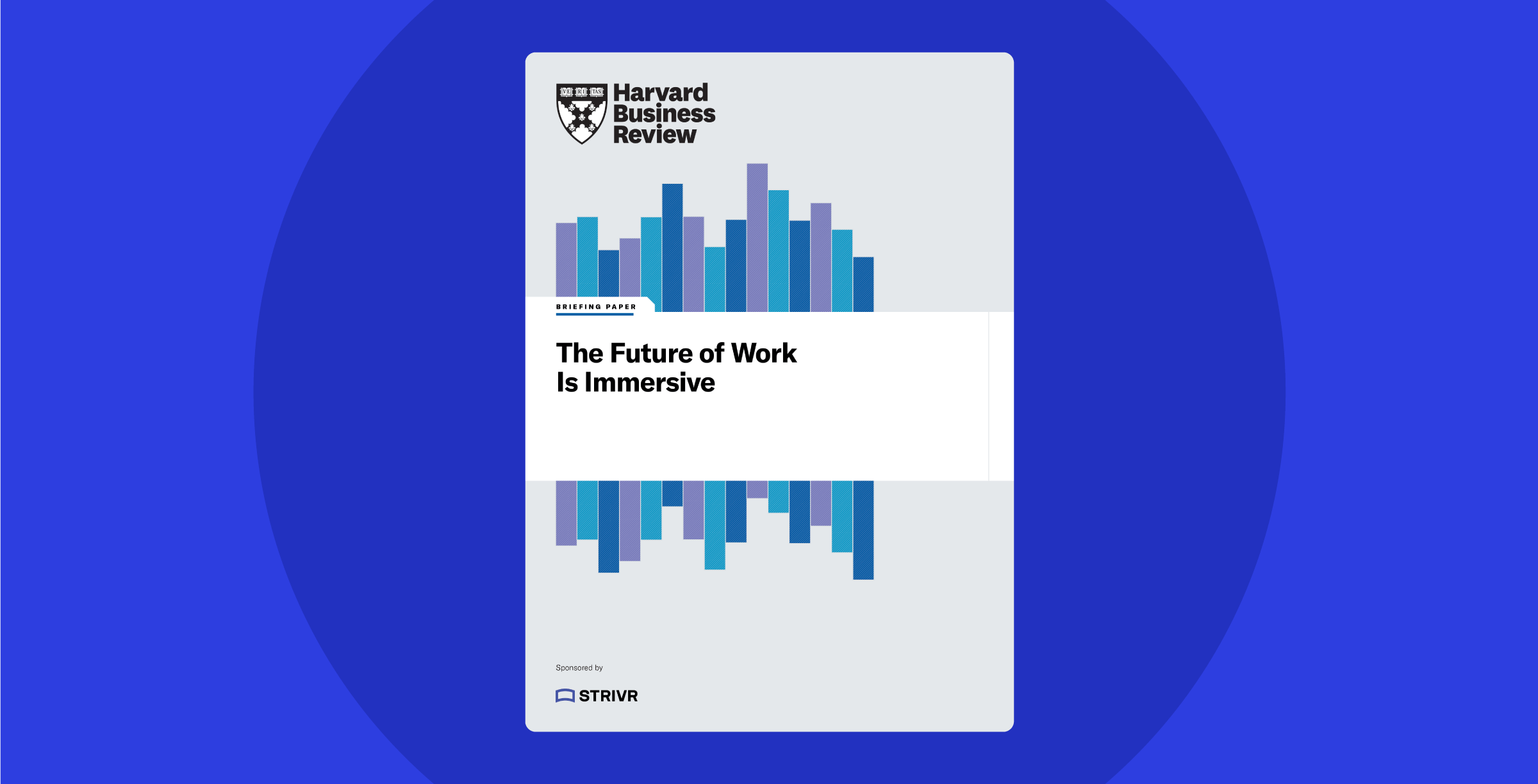The candidate experience can feel pretty dehumanized today, with Zoom, emails, social distancing, and more. But with VR, we’re reimagining that process.
An immersive assessment allows candidates to put on a VR headset and show off their skills in realistic simulations that mimic what they’ll face on the job.
Webinar: Strivr Chief Science Officer details immersive assessments
What does a reinvented candidate experience look like?
As companies seek to improve their candidate experience for both hiring and promoting, here’s what an immersive assessment might look like.
As a candidate for a manager role, you’ll be given a headset, or perhaps you’ll receive it in the mail. In the experience, you see a colleague who looks down about something. As you approach and engage the colleague, behavioral data on your performance is being captured.
Traditionally, you’d have to imagine yourself in this situation and answer interview or other assessment questions about how to handle it. But in VR, you get the chance to act, and demonstrate your strengths in communication, leadership, and reinvigorating a disengaged employee.


Immersive assessments are extremely insightful for hiring managers and the business, as well. Research has proven that the way people act in VR is a close indicator of how they will act in real life. So the behavioral data from a VR simulation is highly predictive, and removes subjectivity and hypotheticals when evaluating performance. The data gives hiring managers more insight into the candidate’s strengths, shortcomings, and how their skills will actually manifest in the organization.
How do these immersive assessments engage candidates, measure their skills, and help companies make better decisions on hiring and promoting? Let’s take a look at the four steps to develop immersive assessments.
Strivr’s 4-step methodology to immersive assessments
Strivr’s immersive assessments provide both amazing experiences and predictive insights because they are expertly designed and implemented. We draw on our deep VR expertise, behavioral and cognitive research background, and extensive experience working with the world’s largest companies.
01
Skill mapping
Skill mapping is what it sounds like: evaluating which key interpersonal skills are required for a leadership position.
Common skills include, but are not limited to, empathetic behavior, conflict resolution, active listening, giving and receiving feedback, and delivering critical messages.
All of these skills are important, but in order to effectively map them out, we need to think about what definable and measurable behaviors make up these skills.
Let’s take empathy, for example. For us, a key behavior of empathy is validating others’ perspectives, which actually is made up of sub-behaviors. Along with validating others’ perspectives is summarization – playing back what someone else has said to help them feel heard while also making for a more productive interaction.
4 ways companies are teaching soft skills in the workplace
Therefore, we can measure such behaviors and sub-behaviors through actions like verbal nods, allowing others to talk, and asking questions about a problem (instead of telling how to solve it). Mapping out these behaviors connected to the skill allows a learner to go into an experience that elicits these specific characteristics.
02
Behavioral analytics
Once we have these well-defined skills and behaviors mapped out, we are very intentional about the behavioral analytics we want to collect. There are two types of behavioral analytics: verbal and non-verbal.
Continuing with the empathy example, it’s going to be important to understand the content of what somebody is saying and the granularity of the actions a learner takes in an encounter. Verbal analytics that evaluate things like:
- Did you ask a question or give a directive?
- Did you provide verbal nods when they were speaking?
- Did you provide statements that let them know you were listening to key elements of the conversation?
- Did you choose to ask questions about those key elements?
This can be measured in VR through audio waveforms of speech and analysis of video captured of the experience to measure a learner’s verbal capabilities.
Non-verbal analytics are just as important. For example, we can examine how learners choose to talk to multiple people in a room.
- Who do they speak to first, and do they speak to one person in particular?
- How is their posture when standing in front of the group?
- Where are their gaze and attention focused?
Combining verbal and non-verbal analytics provides us with richer data that isn’t available from paper exams and interviews, which tend to be more hypothetical and subjective.
Webinar: Unlocking performance with measurable VR data
03
Content design
Even if you successfully map the skills and get them associated with the right analytics, building an experience to capture the right data in the right way is still incredibly important. As many data scientists like to say, “garbage in, garbage out,” and developing the content without VR content expertise may lead to “garbage in.”
In the end, it is about intentionality and creating experiences that create more naturalistic behaviors between the learner and their virtual colleagues. It comes down to how the virtual human is positioned and what they say that ultimately elicits natural responses from the candidate.

A good experience allows the candidate to fully buy into the experience they are going through, with realistic dialogue and gesturing in real world environments.
We want candidates to make decisions in real time.
These decisions, combined with what the candidate says and where their body is positioned, are used to paint a holistic picture of the candidate.
The 3 elements of building engaging immersive learning environments
04
Reporting
At the end of the day, reporting summarizes the total performance of the candidate. It will break down the individual components of the assessment – where the candidate did well and where they fell short based on the desired skills.
When deployed at an enterprise-level, the aggregate scores of all candidates can then be ranked to determine who performed well in those scenarios and exhibited the desired behaviors.
Then, it is up to the organization to decide what they want to emphasize. We always recommend immersive assessments alongside traditional formats, since the reporting from VR provides you with deeper insights and a broader pool of candidates for different roles.
Delivering a reinvented candidate experience
Workforce transformation is happening all around us, and it starts with the candidate experience. The immersive assessment is an incredibly powerful way to engage and evaluate people during the hiring and promoting phase of the employee journey.
In addition to the predictive insights you get, candidates walk away from the experience with a heightened perception of your company and its hiring practices. You demonstrate how much you value employees, culture, and innovation overall.
This is the reimagined candidate experience – differentiated and memorable for candidates, while powerfully insightful for the business.





